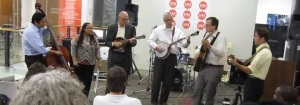UPDATE: Telecommuting can improve employee performance: study
“It could be there’s higher wellbeing, there could be creativity benefits too” …and “working parents have lower stress levels when they have the option to work remotely…”
Creativity benefits!? Lower stress levels!? That’s what I’m talkin’ ’bout!
ORIGINAL POST:
My Work-Life Balance reader is for the resocialization of working dads. Specifically, the absentee parent of the 2-career household, enabled by their working spouse since what, grad school? This subset of working dads among the 40 million of us GenXers that have been oblivious, aloof or adrift until this collective catharsis, among the 80 million Boomers on the one hand and another 80 million Echo Boomers on the other, and who I hope are in the middle of an ugly divorce from social media, re-engaging their families, the Children, and their communities in meaningful ways, and adjusting their perspective and priorities toward a work-life balance strategy for their own personal health and emotional well-being not to mention their marriage and, for dramatic effect and a little self-aggrandizement, to contribute you know, live and in-person to the health and well-being of society as a whole.
Follow me. It’s 2012 and the Atlantic article doing the rounds while we were living in Seattle was what got us all to scratch our heads, lift our nose off the grindstone and look up, from our open-office workstations…Why Women Still Can’t Have it All.
The follow-up article to Slaughter’s, also in the Atlantic…Home Economics: The Link Between Work-Life Balance and Income Equality was by Stephen Marche. I regret not discovering his earlier article until now, Is Facebook Making Us Lonely, because I would be 2 years not just 2 months cold turkey-divorced from Facebook already. But I digress, only because a discussion about balance is lopsided without consideration in the current and pervasive social media context. And one more social media fallout piece for context…Twitter is Destroying Your Marriage, You Self-Absorbed Jerk.
Specific to the architecture profession, there is this podcast, starting @ 19 mins., that put into words how getting the best out of each employee requires an employee retention policy, actual performance reviews, goal setting, wait for it…caring, an accountability culture, purpose, ownership and a sense of being part of the whole. I offer this podcast to establish a baseline workplace culture for this work-life balance rant, anything less confuses balance with flight. Because I would hate that us working dads would stoop to hiding behind our children to get the heck out of a dead end, demoralizing and chronically anemic office environment. In the event this describes your workplace, it might be time to challenge the culture of fear and intimidation, the butt-in-chair, co-located and at-your-disposal business model is old school. And without a job description, work is: do as much as you can physically, emotionally and psychologically bear, go home, take a shower and come back. Eventually, any romantic notion of a nurturing workplace erodes for short-term gain, and the perks of employment – an Aeron chair, beer-thirty, a corner office, a reserved parking spot, a raise, promotion or title – can’t make up for lost time. My children are not motivated by coercion, guilt or one-upmanship, why should I? And why should an employee have to sneak in after 8:30am because it was their turn to drop off the kids or slink out before 5:30pm because you want to be there for soccer practice. Looking at our present day relationship to work, we never put it down, the “it” being the smartphone. A work email never sat unread, and the race to respond was a cultural attitude perpetuated at the price and sacrifice of time, time logged well beyond the 40hr week, time that belonged to someone else, family.
So back to this reader: for some generational perspective…Jimmy Fallon, Elon Musk Lead An Overlooked Generation X.
For the water cooler vibe, the constant state of overwhelmed…America’s Workers: Stressed Out, Overwhelmed, Totally Exhausted
Enter the Federal Employee Act as a point of reference.
So fight or flight? Telecommuting may be the grassroots way to forward policy and shape the culture of the workplace from within your organization, by example. It’s Unclearly Defined, but Telecommuting Is Fast on the Rise.
Work-Life Balance culture can also and should more often come from the top-down…Sheryl Sandberg Leaves Work at 5:30. Why Can’t You?
And on the 40hr work week…Stop Working More Than 40 Hours a Week.
On ‘resocializing’ working dads and stigmatizing workplace flexibility…The Unspoken Stigma of Workplace Flexibility.
“It’s an issue of balance. If you don’t have adequate arrangements, then it’s very hard for women to maintain their attachment to the labor force and for employers to invest in the women’s skills.” But it’s also an issue of perspective. For women to be able to take advantage of these arrangements without judgment, men need to use them freely, too. But that requires viewing men not solely as breadwinners, but as individuals who also have the same choices as women. “Not only have we put women on the mommy track, we put dad on the daddy track,” said Kenneth Matos, an organizational psychologist and senior director of employment research and practice at the Families and Work Institute, a research group.
Work-Life balance = career penalties…For Workers, Less Flexible Companies.
“Most organizations still treat workplace flexibility as an accommodation,” said Erin Kelly, a sociology professor at the University of Minnesota. “But there is a lot of downside when you set up flex work arrangements as a perk. You are implicitly saying, ‘Most of us will be working these traditional ways and the rewards will come to those working these traditional ways.’ And that is where you have this stigma or career penalties.”
And Slaughter’s 2012 article is bookended with this /TEDtalk: Can we all “have it all”?
Anne-Marie Slaughter made waves with her 2012 article, “Why women still can’t have it all.” But really, is this only a question for women? Here Slaughter expands her ideas and explains why shifts in work culture, public policy and social mores can lead to more equality — for men, women, all of us.
Even our President, the working dad-in-chief, takes up the cause: Presidential Memorandum — Enhancing Workplace Flexibilities and Work-Life Program.
I should report that since summer break, I have carved out 2 days of flexible telework time per week, incremental really, but it goes a long way toward a viable work-life balance strategy for our family. And just as the children’s routine is disrupted (or in the hearts of kids and kids at heart: as things should be in the hazy lazy daze of summer bliss) and Mom adds teaching an online course to her career aspirations, I exhale, scratch my head, lift my nose up off the grindstone and look up from our kitchen table — with my standard-issue laptop and VPN, contemplating the time we set aside to commute in to central business districts, the SF cost to lease Class A office space, the supply chain to support the typical downtown lunch hour rush, what it means to be present, and how to make the most of [real not iOS] face-time at work and at home, but I am also tormented by statistics that call teleworkers 19% more efficient all the while 50% less likely to get promoted for being out of sight and out of mind — in my PJs.



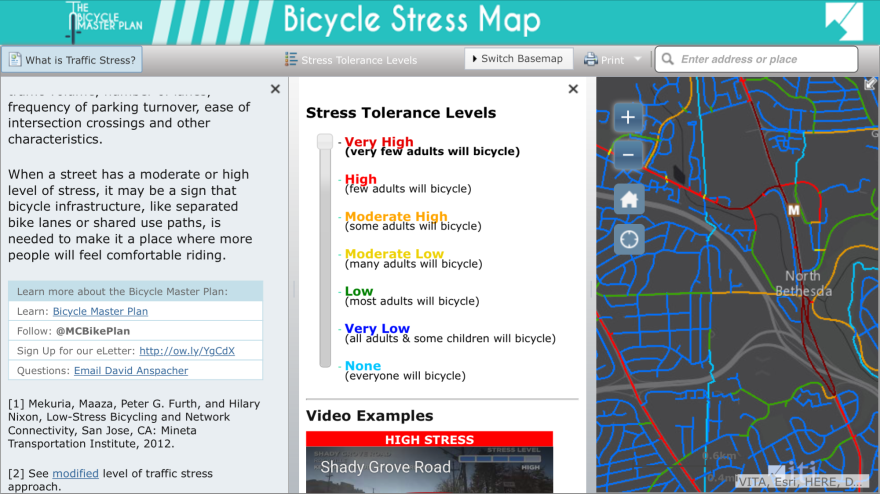



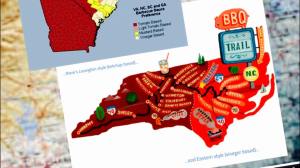



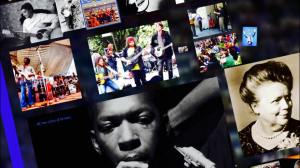
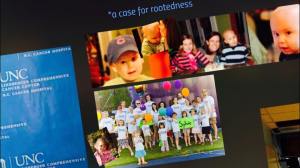
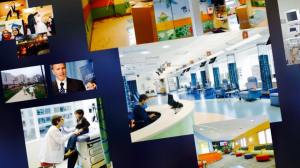

![Perlman-Itzhak-06[Inaugural_Preparations]](https://fmarcial.wordpress.com/wp-content/uploads/2013/08/perlman-itzhak-06inaugural_preparations.jpg?w=300&h=209)

